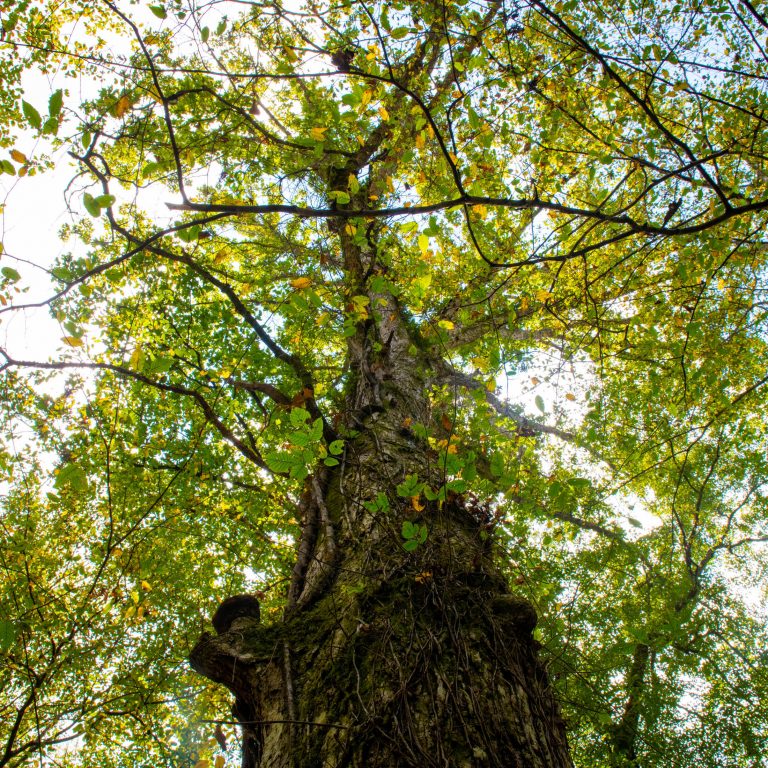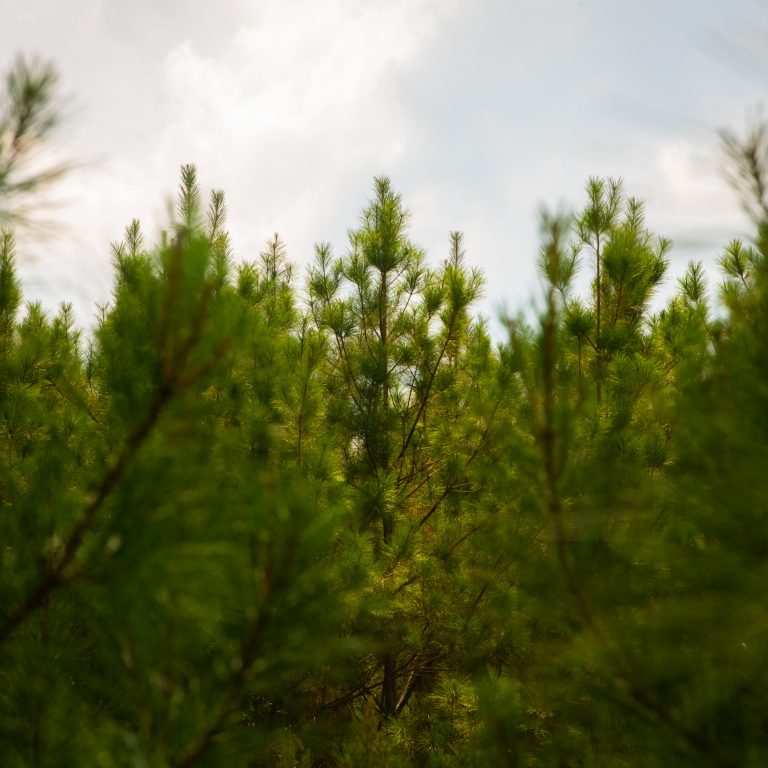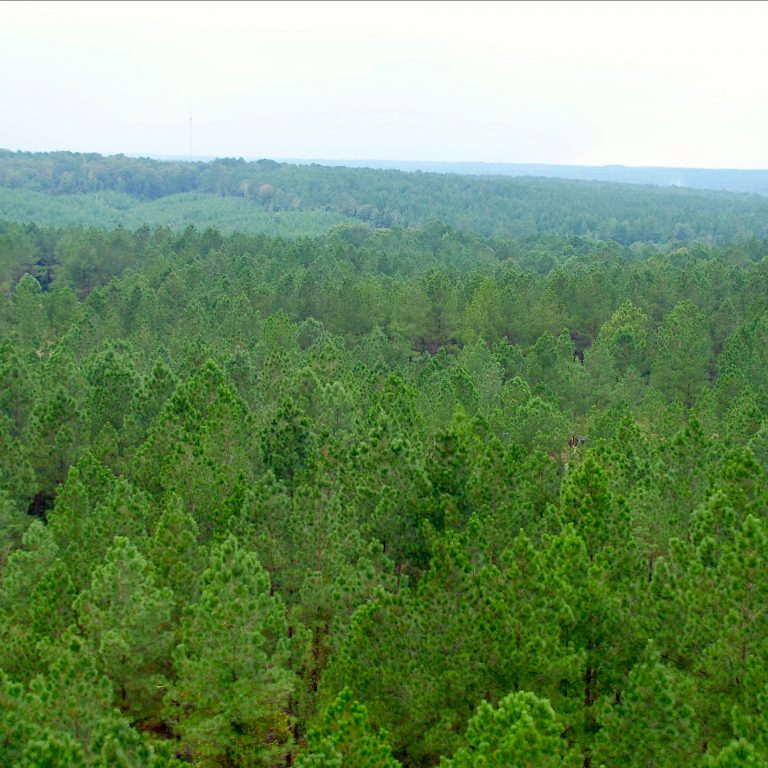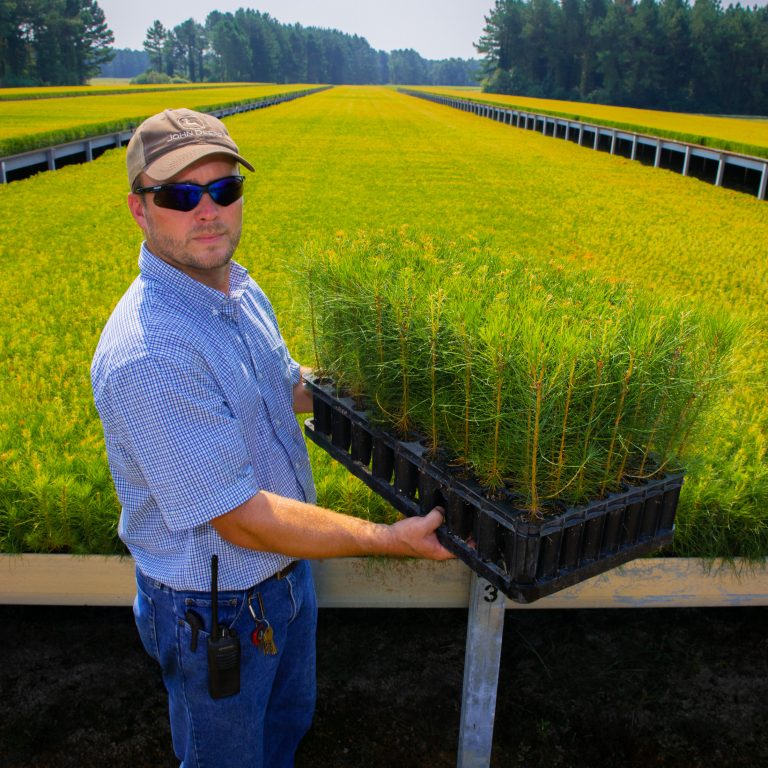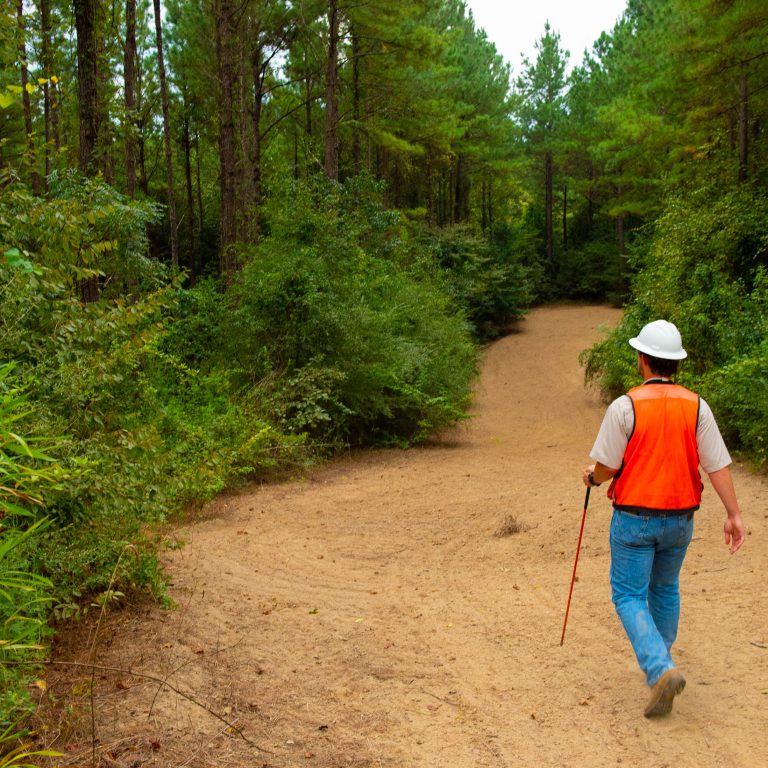From arctic-circle, snow-laden pines to damp equatorial rainforests, to dry Australian scrublands, the planet is home to an incredibly diverse range of forested environments.
And while each region is very different, almost all have been impacted by humans. The effects of this have not always been positive, and despite decades spent raising awareness of the importance of forests for the health of the world, some regions’ forests remain in decline. Africa and Asia in particular have seen a decline in forest cover (although each year sees less lost) over the past few decades.
But there are areas where the impact of humans is in fact having a positive effect. This is largely thanks to the introduction of modern sustainable forestry practices, which have incentivised growth and helped bringing a variety of environmental and economic benefits to different regions around the world.
A recent report by Pöyry Management Consulting for Drax has looked in depth at these benefits and in particular, four regions where different approaches to sustainable forestry have brought a positive impact to people, industry and the environment alike.
More than a testament to the beneficial effects sustainable forest management can have, it shows that while the tactics, methods and environments may differ, their positive effects are universal.
US South: Turning around old practices
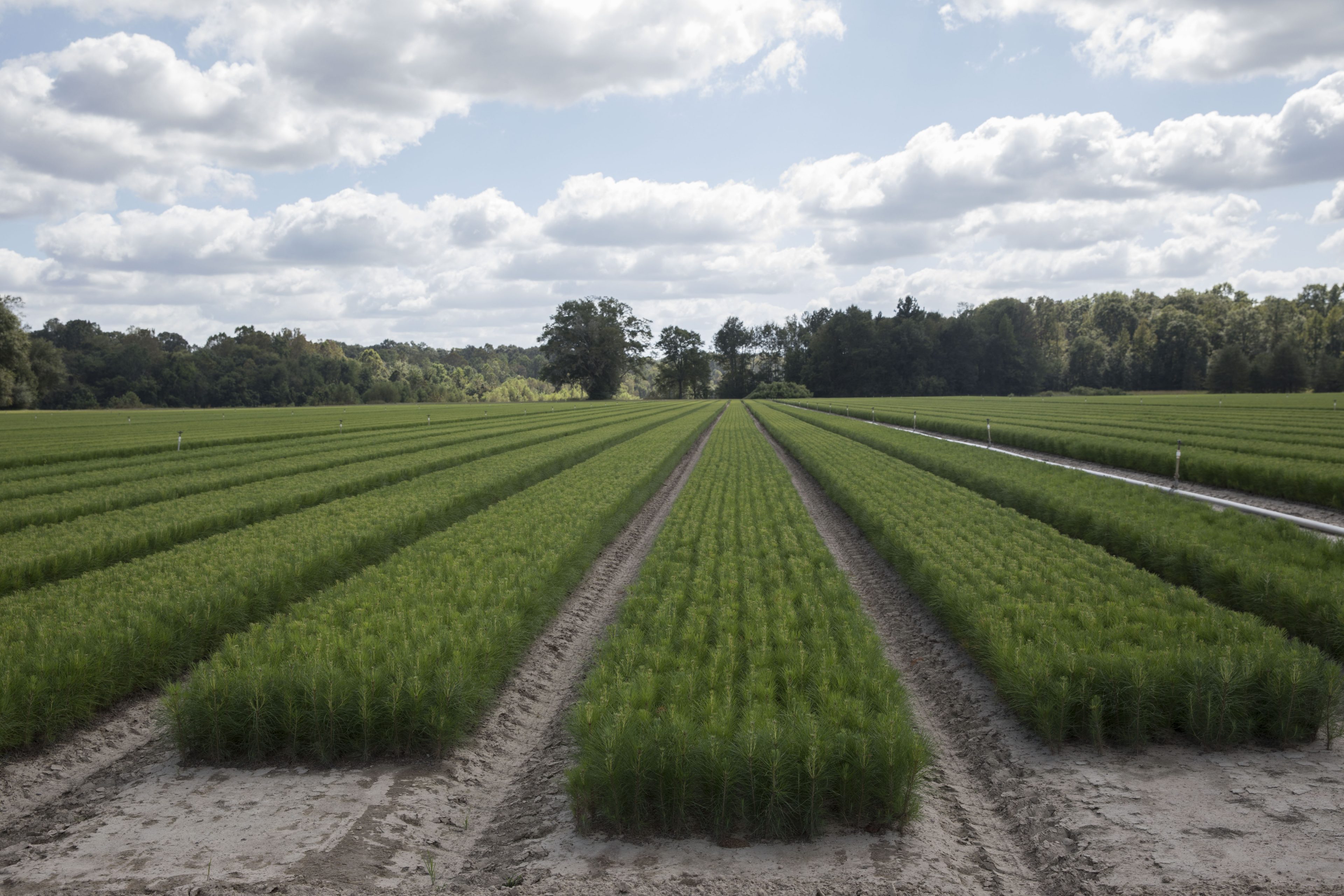
Weyerhaeuser Nursery, Camden, Alabama
The forests of the US South, from Virginia and Kentucky to Texas and Florida, have a long history of misuse. Both indigenous people and later European settlers used disruptive techniques such as large scale burning and removed valuable, mature hardwood on a mass scale, often leaving areas to naturally regenerate.
That largely changed in the mid-20th century, however, when forestry became more-intensive and the need for sustaining a supply of quality timber grew more apparent. The introduction of processes such as thinning and managed regeneration helped usher in a more responsible approach that has led to growth in both the forestry industry and forest coverage.
Between 2010 and 2015 there was 50% more growth in the volume of forests than was removed from harvesting. More than just growing forest area, this means an increase in the amount of carbon being absorbed and stored from the atmosphere.
Charts: US South historical increment to removal and US South above ground carbon 1957-1997.
In the US South, around 86% of forest land is privately owned by either corporations or individuals, but the economics of sustainable forestry practices has encouraged the overall growth in forests, even with limited regulations on land use in the area.
In addition to the native birds and mammals that depend on sustainably managed forests in the region, more than 200,000 people were employed by the industry in 2016, making it a vital part of local rural economies.
Finland: A century-long history of sustainable practices
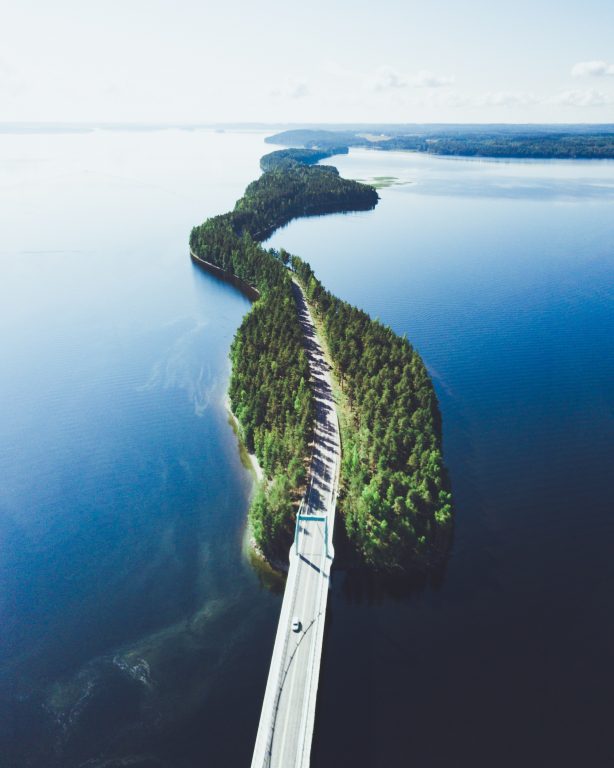
Asikkala, Finland by Taneli Lahtinen on Unsplash
Wood and wood products play an important role in Finnish culture, from its famous saunas to the world’s largest wooden church – multinational phone brand Nokia even started life in in 1865 as a wood pulp mill.
A high demand for wood as a commercial product meant that a few centuries ago Finland’s forests where in a state of heavy degradation. But starting as far back as 100 years ago sustainable practices such as planned harvesting and regeneration legislation were introduced. The results are significant: there is now more wood in Finnish forests today than at the turn of the century.
The majority (61%) of Finland’s forests are privately owned, with the state owning 25%, companies only owning 8%, and 5% held by other owners. Many large companies, however, offer services such as forestry work, wood sales, drainage and tax services to private owners. This collaboration between sectors allows for best practices to be easily shared and quickly become widespread.
As a result, forest stocks have increased from 1,500 million m3 in 1970 to 2,500 million m3 in 2015, even while overall forest area has remained largely the same. It highlights the effectiveness of legislation, guidelines and certification in regenerating forests.
Chart: Forest growing stock in Finland.
UK: Incentivising growth and diversity
The UK was once thought to be 30% covered by forestland, but by the turn of the last century forests made up less than 5%. Today, however, this has grown to as much as 13%, owing largely to regulation and incentives.
Chart: Forest area in UK by country and type over previous 10 years.
As far back as the 1700s the UK had become dependent on wood imports from New England in the US and the Baltics in Europe. Following the First World War the Forestry Commission was established, primarily to try prevent timber shortages during times of war, but it went on to drive a boom in new plantations across the country and introduce grant schemes for private plantations.
Chart: Top 10 Net Importers of Wood Products. In 2017 the UK was the world’s second largest net importer of wood products.
A problem with this afforestation, however, was that it mostly consisted of monocultures of exotic species that were well suited to the climate, rather than regenerating native species. The modern UK Forestry Standard is countering this practice by putting in place requirements for afforestation and replanting that protect biodiversity, landscape and climate change, as well as soil and water.
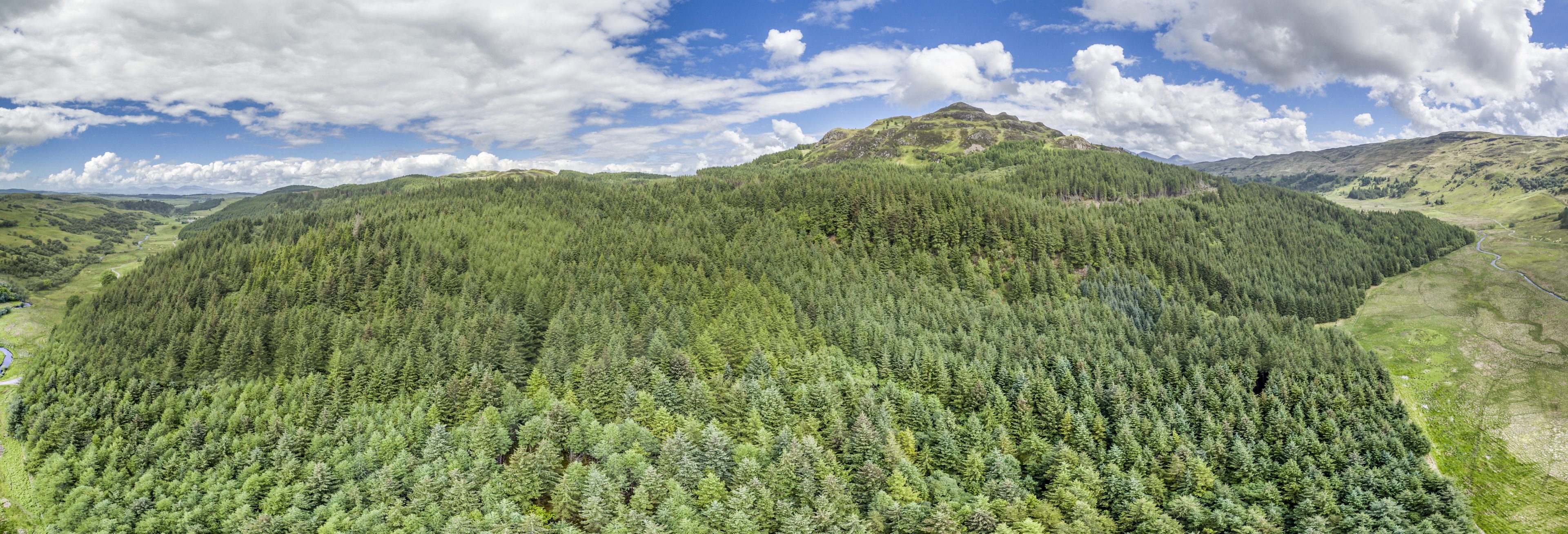
Forest in Argyll and Bute
Some 73% of the UK’s forests are privately owned, which includes historic estates and charitable trusts, as well as investment funds. Despite the increasing forest area in the UK over the past century, imports of both wood and wood products still make up almost 80% of the UK’s wood needs. The upside for the region is increased recreational and preserved historic forests.
Uruguay: Sustainably managing rapid expansion
Uruguay’s forestry industry is much younger than the likes of the US South or Finland, but offers an example of a how to rapidly expand the sector while preserving its ‘old growth’, or primary, forests.
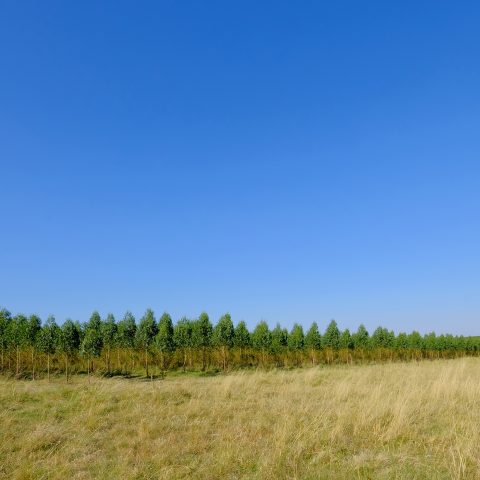
Eucalyptus trees in Uruguayan working forest
In 1975 the country introduced incentives such as tax waivers on forest operations and later subsidies for new plantations, as well as tax duties for timber exports. The result was a surge in eucalyptus plantations, which grew from 25,000 hectares in 1987 to more than 1 million hectares in 2015, largely driven by interest from international companies and investors. These plantations are currently managed sustainably, with growth still exceeding removals.
Eucalyptus is not a native species to Uruguay, but by allowing international investors to plant on land deemed of no agricultural or environmental value, the country has seen enormous afforestation while 800,000 hectares of native forests remain.
The economic impact is similarly impressive. Today forestry directly employees 15,000 people in Uruguay – 55% in forestry and logging and 45% in wood processing. The skills required to work in newly constructed mills has led to several courses in forestry and wood science at Uruguayan Universities.
Chart: Total forest area development in Uruguay
These four countries take different approaches to forestry but what they have in common is forest growth exceeding that removed through harvesting. It points to sustainable forest management as a means of growing forests and, in turn, carbon extracted and stored.














